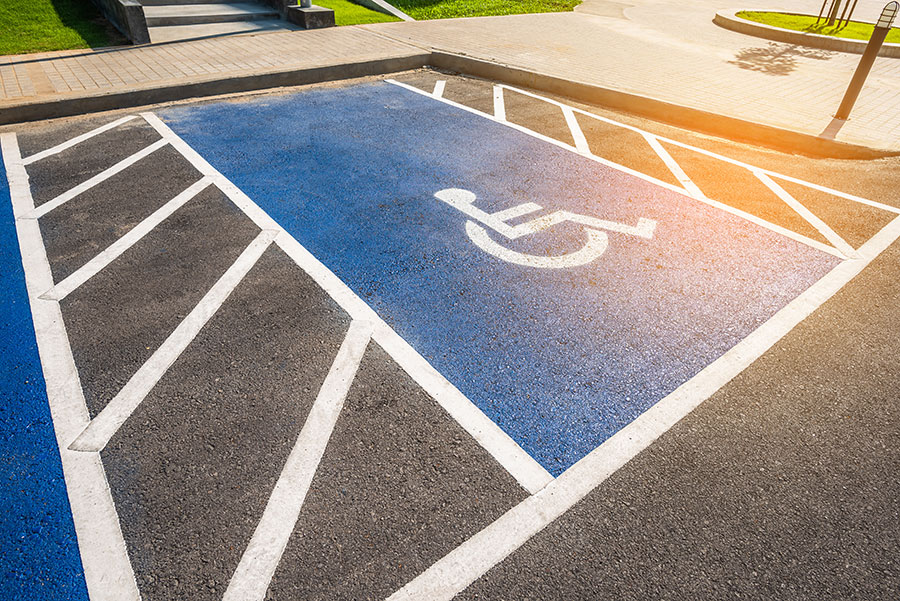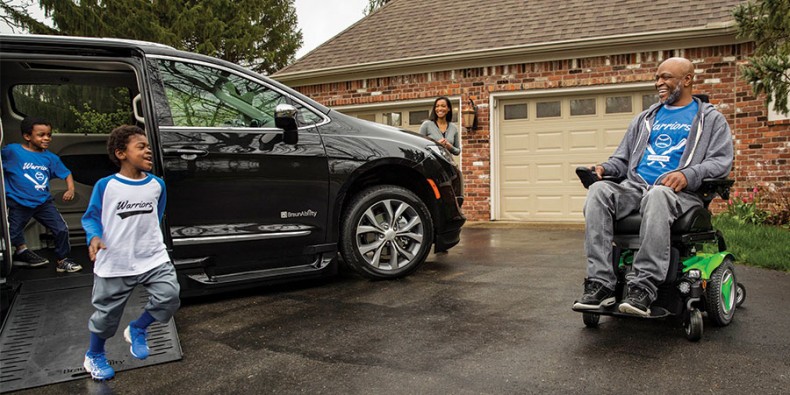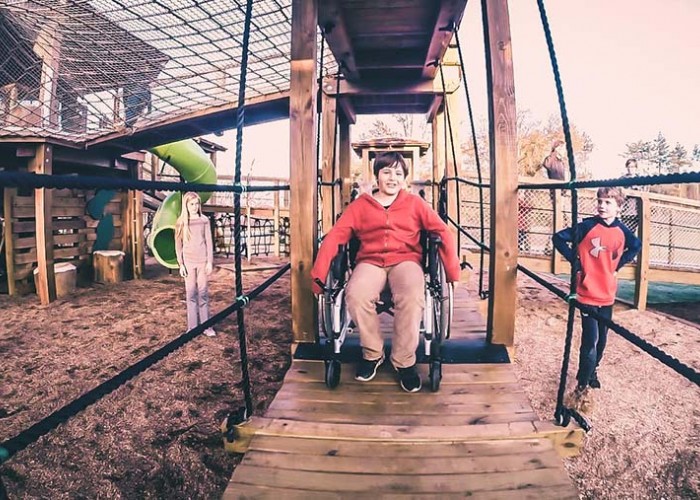Accessible Parking Spaces
Mind the lines so disabled people can stay mobile
By FamilyFeatures.comIf you’re like the majority of the population, mobility is something you take for granted. However, once you or a loved one encounters an illness or disability that results in dependence on a wheelchair, your perspective is likely to change dramatically.
Mobility is a major factor in a person’s independence, but when illness or injury hinders free movement, even a simple task like running to the store becomes a challenge. Getting out of the house is an important way to help someone whose mobility is compromised continue to feel connected to the larger world. Practically speaking, even if they’re not physically up to social engagements, chances are that doctor’s appointments will still be a necessity. Parking limitations can cause major challenges for wheelchair users.
Not only is getting in and out of the vehicle a chore for disabled people, 74 percent of people have personally seen a handicap accessible parking space being improperly used, according to the recent Save My Spot survey by BraunAbility. It’s important for everyone to understand the rules. Here are five parking lot facts:

Don’t park in the striped space, even if you have a handicap parking placard. The space allows room to deploy a ramp for someone to enter or exit a vehicle.
- The striped lines next to a handicap-accessible parking space indicate it is reserved for a wheelchair-accessible vehicle, such as a van. These spaces are wider than regular handicap accessible parking spaces, offering room for people to safely lower a ramp and enter and exit their vehicles.
- There is a difference between handicap-accessible parking for cars and wheelchair-accessible vans. When the parking sign says, “Accessible Vans,” it is reserved for wheelchair-accessible vehicles only. Van accessible spaces are easily identified by a striped access aisle on the passenger side.
- Some people have hidden disabilities, and it may not be visibly apparent that they need a handicap-accessible spot. These spots are also intended for use by people with disabilities such as deafness or a recent injury. In short, just because somebody isn’t using a wheelchair, walker or cane doesn’t mean that they don’t need the handicap spot.
- Businesses are required to meet a quota for handicap-accessible spots. The number of handicap-accessible parking spaces required depends on the total number of parking spaces in the lot, but at least one in every six handicap-accessible spaces, or a fraction of six, must be designated for a wheelchair-accessible vehicle, according to the American Disabilities Act, a federal law.
- Wheelchairs continue to increase in size, requiring more room to maneuver in and out of vehicles, and therefore need extra space in a parking spot for the wheelchair user to safely access a fully deployed ramp.
Penalties in NC
It is unlawful to park or leave standing any vehicle that does not carry a valid disability placard or plate in a parking space for individuals with disabilities. Violations of these parking requirements carry penalties of $100 to $250, and law enforcement officers may order a vehicle in violation to be towed, according to the North Carolina Department of Motor Vehicles.
-
Accessible destinations for the disabled
-
Share this story:






